P-80 Shooting Star: The Fighter Jet that Took Out America’s Top Flying Ace of WWII
During World War I, Eddie Rickenbacker became America’s top flying ace. By the time World War II came around, airplane technology had improved significantly. As a result, air battles became much more common. The top American flying ace of the conflict was a man named Richard Bong. His story, unfortunately, has been largely forgotten due to his untimely death as a test pilot.
This is the story of him and that plane.
Bong’s talent was spotted early
Richard “Dick” Bong grew up in Poplar, Wisconsin. President Calvin Coolidge had a summer home in the area, and Bong first became interested in flying when watching planes deliver mail to the President’s residence. He was also an avid model builder.
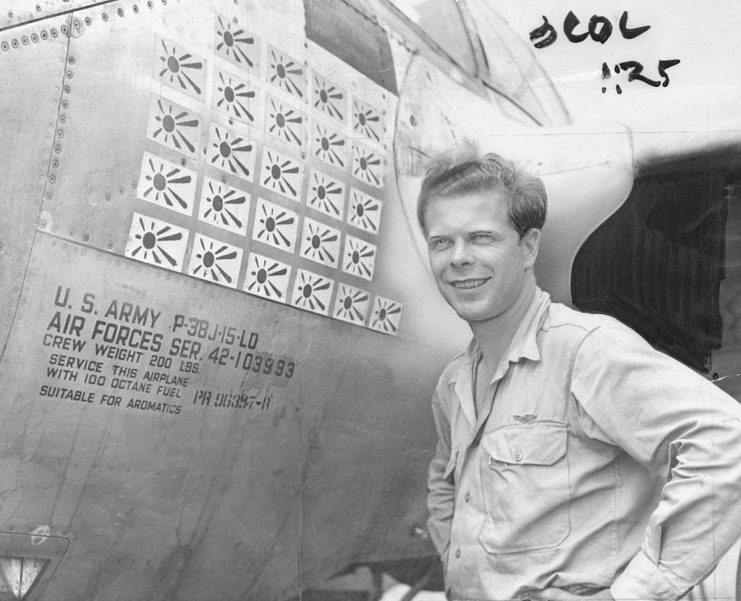
While attending college, Bong joined the Civilian Pilot Training Program, and, in 1941, enlisted in the Army Air Corps Aviation Cadet Program. The clearly talented pilot earned his wings in 1942 and was commissioned as a second lieutenant.
The P-80 Shooting Star goes into design
During the war, the Germans introduced the Messerschmitt Me 262, while the British developed the Gloster Meteor. Looking to keep pace, Lockheed began working on the P-80 Shooting Star. The process, which began in 1943, was rapid. It only took 143 days for the plane to go from the design stage to its first test flight. Production was done in secret – only five of the over 130 people working on the project knew the true intentions.
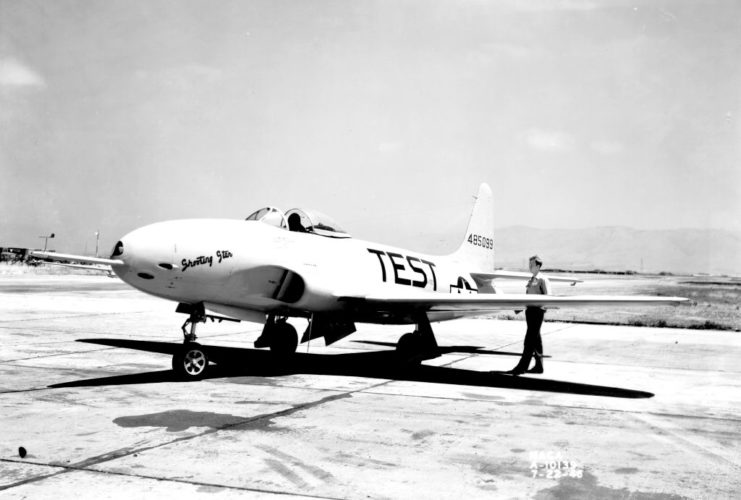
The reason the P-80 was rushed was to get it in the air while the war was still being fought. In the end, only two ever hit the skies during the conflict. The US military had put in an initial order of 1,000 planes that was followed by an order for 2,500. However, the order was canceled once the Japanese pulled out of the war.
Richard Bong is the American flying ace of World War II
Once the war broke out, Bong was sent to the Pacific Theater. The pilot got to work immediately and claimed his first aerial kill in December 1942. He was awarded the Silver Star for his service. In July 1943, Bong shot down four more Japanese planes, was awarded the Distinguished Service Cross and, a month later, was promoted to captain.
While on leave, the pilot met Marjorie Vattendahl and fell in love. Once he returned to the skies, Bong had named his P-38 Lighting “Marge” and placed Vattendahl’s photo on the nose of his plane.
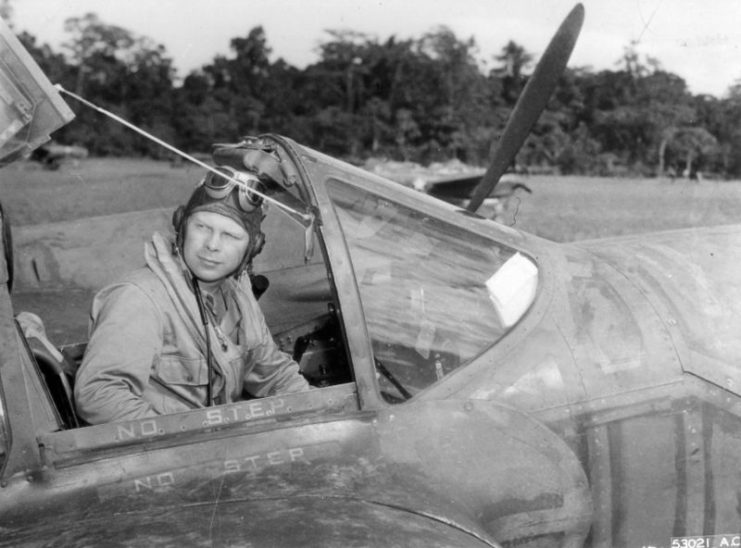
The wins kept coming for Bong, and he soon broke Eddie Rickenbacker‘s record with his 27th win. He was promoted to major and given leave. Once back, he racked up more kills, and eventually his total amounted to 40, making Bong the top American flying ace of WWII.
Following his time overseas, Bong married Vattendahl. He became a celebrity and was used in a number of PR campaigns aimed at selling war bonds.
The P-80 Shooting Star crash
While aeronautic technology had gotten far better by the mid-1940s, it still had a long way to go. 15,000 American pilots died while training during the conflict, and testing planes was a treacherous endeavor for even the best airmen.
Following his decorated career in the US Army Air Forces, Bong had become a test pilot. Few were more qualified for the job.
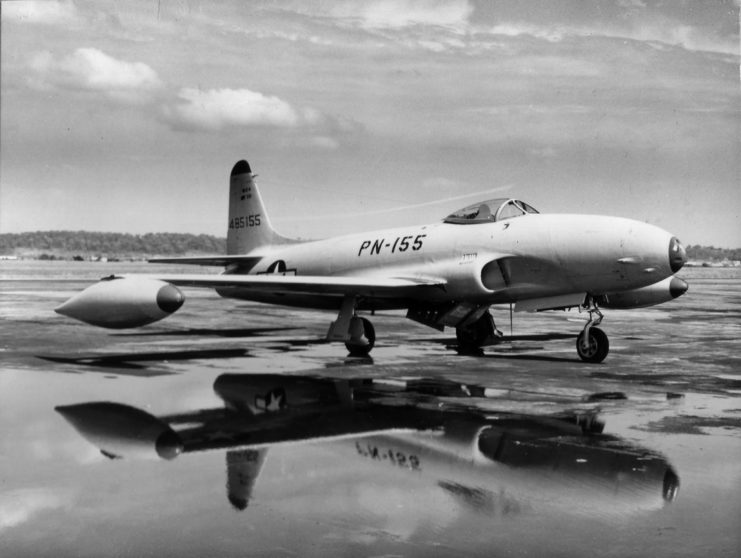
The pilot took off in a P-80 test plane on August 6, 1945. Upon takeoff, his primary fuel pump malfunctioned. This was not a disaster, though, but a highly fixable issue. For whatever reason, however, Bong failed to switch to his auxiliary fuel pump. He attempted to eject from his craft, but was too close to the ground to use his parachute and died in the crash.
The aftermath
The death of such a decorated war hero was a front-page story. Incidentally, the story of Bong’s death shared the front page with the story about the US bombing of Hiroshima. Following his death, Bong was posthumously inducted into the National Aviation Hall of Fame. A number of memorials around the country have also been named in his honor.
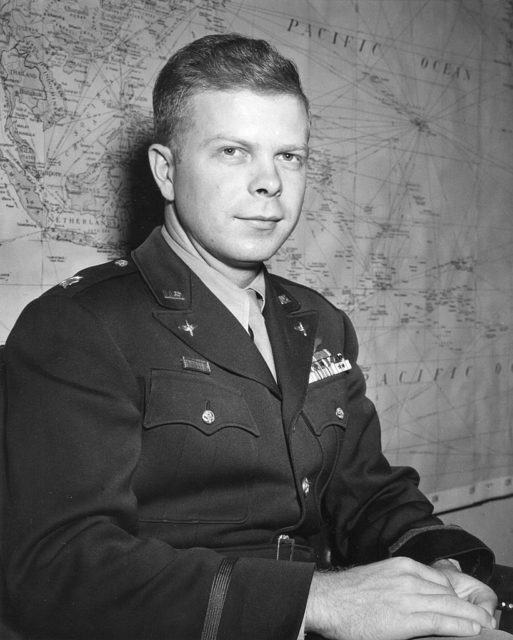
The P-80 became ubiquitous during the Korean War, and the plane remained popular within the military until the 1990s. It’s credited with helping usher in the jet-age of the US Air Force.
The post P-80 Shooting Star: The Fighter Jet that Took Out America’s Top Flying Ace of WWII appeared first on warhistoryonline.
Post a Comment
0 Comments